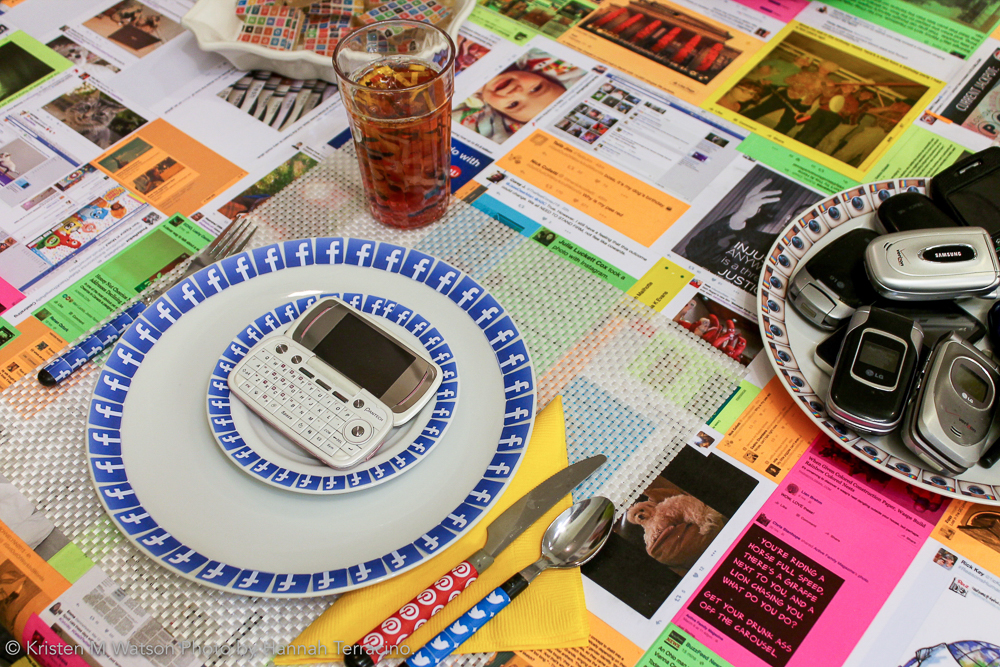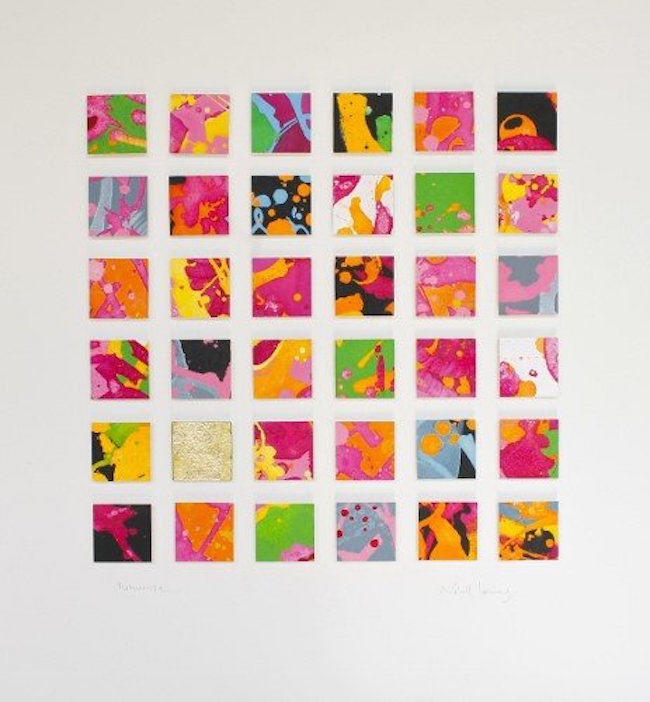An editorial calendar is a roadmap for your marketing content.
An editorial calendar buys you peace of mind because you don’t have to scramble for what to say or share. Ideas are stored and worked on over time rather than in a panic at the last minute.

Wouldn’t it feel great to have ideas lined up for your newsletter or blog for the next six months?
Another big reason to use an editorial calendar is that it helps you remember the important things you want to say. You know … those things you forget about until immediately after you’ve clicked the Send button?
For example, let’s say you are teaching a workshop six months from now. You would add promotional content to your editorial calendar for the month or two prior to your workshop, and perhaps even before that time if you had an early registration period.
Those are placeholders for the future. When that time comes, you just open up that file, page, or document and get to work. In the meantime, you are continually adding notes to your ideas.
Newspapers, magazines, and bloggers use editorial calendars to plan their content.
You can do the same by creating an editorial calendar for your newsletter, blog, and social media.

What to Include
When working on your editorial calendar, pull out your big calendar and review your projects, exhibitions, and events.
What do you have coming up?
What could you relate to seasonal or current events?
What do you need to tell people about? Invite them to?
Your editorial calendar includes these five items:
- Topic to be featured (original and curated articles, images, audio, and/or video) – always focused around your art
- Notes about the topic
- Additional people involved or required to make it happen
- Dates of publication
- Deadlines of note
The amount of detail you include depends on your needs.

How to Store Your Calendar
The key to storing your editorial calendar is to make it as user-friendly as possible. If you’re always tweaking the format or refreshing your memory on how it’s organized, your calendar isn’t working for you.
Keep. It. Simple.
I always caution my students and clients not to try fixing something that isn’t broken. If you love pen and paper, I wouldn’t take that away from you. But make sure you have a storage system for your ideas that makes it easy to find.
I have tried using a spreadsheet in Numbers (Apple’s version of Excel) and keeping my plan in a FileMaker Pro database. Neither worked for me, but that doesn’t mean they wouldn’t work for you.
I eventually settled upon using Evernote for my editorial calendar, where I can add to the ideas as I research or discover information that might contribute to the article.
Your Turn
Tell us about your editorial calendar, or the one you wish you had.



14 thoughts on “Why You Need an Editorial Calendar (and How To Make One)”
Hi,
I use my calendar on my Ipad and leave reminders for myself as well.
Would love to know more details, Roz.
Thanks Alyson! What a coincidence that this is exactly the topic I’ve been researching this week. Most of the templates I’ve seen are either too complicated or geared towards only one function like a blog. I need to set up for my blog, newsletter and a book of paintings. I usually like pen and paper so I think I’ll either have to color code or get three calendars.
Oh no! 3 calendars? How would they differ, Theresa?
They probably wouldn’t. I’m still figuring this out. I guess all three functions are planned on the same calendar?
Love my pencil and paper…cheapo day planner from the drug store. I map out the social media on the monthly calendar page in pencil. Some things are fixed like exhibits, and others are more flexible, so if there’s a recent sale that I want to highlight, I can easily erase the next “filler” and bump it to the end of the layout. Became extremely helpful last year as I struggled w unexpected health issues. I was able to quickly schedule a month’s worth of FB posts to carry me through the down time.
Good work, Sonia!
Thanks Alyson,
It seems appropriate to add this link again of my blog about making an artists editorial calendar (perhaps it will show people how complicated it can become and convince them to do your course) – or at least it may give some people a couple of ideas
#lovewins
Great! Thanks for sharing that again, Mandy. (I added the link to the text above.)
Such great tips, Alyson! Thanks for sharing. I have 12 printed calendar pages that hang on the wall. As one month ends, I file the page and hang the next one so there is always a year’s worth of planning on my mind (and visually in front of me.) And Evernote is perfect for saving relevant content and links for various topics!
When I got a high school teaching job several years ago, the tech guy told me to get just one calendar. However, people love giving me calendars for Christmas and I’ve got another one on my phone! But one of the best things I took away from that high school teaching job was the teacher’s planner. I bought one for this year and my complaint is that the manufacturer doesn’t design this for year-round teachers. Otherwise, it works well for me.
Thank you Alyson for the great article. And thanks to everyone for sharing ideas. I need to have a calendar even though I am just getting going. Need to plan big 🙂 I love paper. I have a notebook for my website with ideas and goals for this year. I also have one for my blog as I like to write them out first. I also have a notebook for inspiration, notes for great podcasts, my general go to for getting myself in gear.
The calendar is all that is missing; I think.
Y’all, Pat Flynn has an excellent (though somewhat overhwelming) video for how he handles his content. Granted, he runs a couple of blogs and podcasts as well as a number of other projects, but you can have a look at his spreadsheet approach here: http://www.smartpassiveincome.com/tv/behind-the-scenes-my-editorial-calendar/
I’m “old school”, having learned how to run an office in one of the first Vocation Office Education classes in the state in the mid ’60s. I have a large Month-at-a-Glance calendar with our personal appts in red, business related appointments in green (for $$), and notes to self in blue. I can see at a glance what needs to be addressed, never late for appointments, and transfer the notes to file folders for events and such.
My Day Timer has been my companion for 4 decades – and yes I keep the years, referring back to notes made on the Daily Diary and Work Record. Saved me quite a few times.
Yes, it seems I’m doing double duty with the wall calendar and the day timer however, it works for me, which is what your point is in this message.
Love reading and implementing your ideas and practices. Thanks!